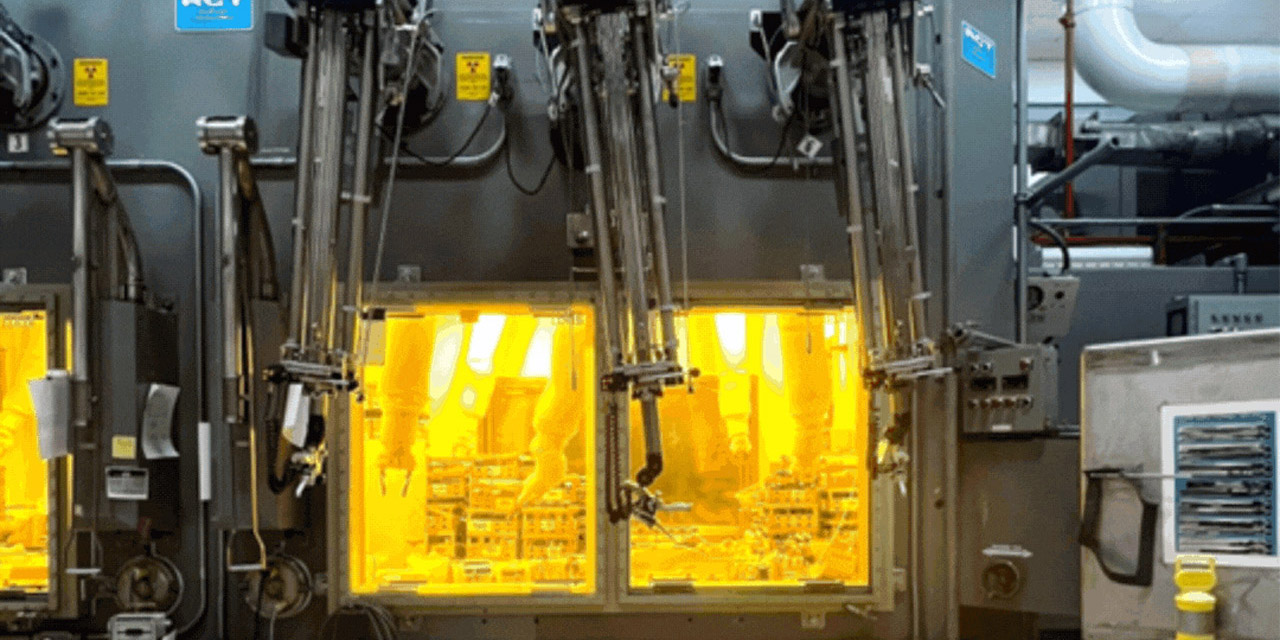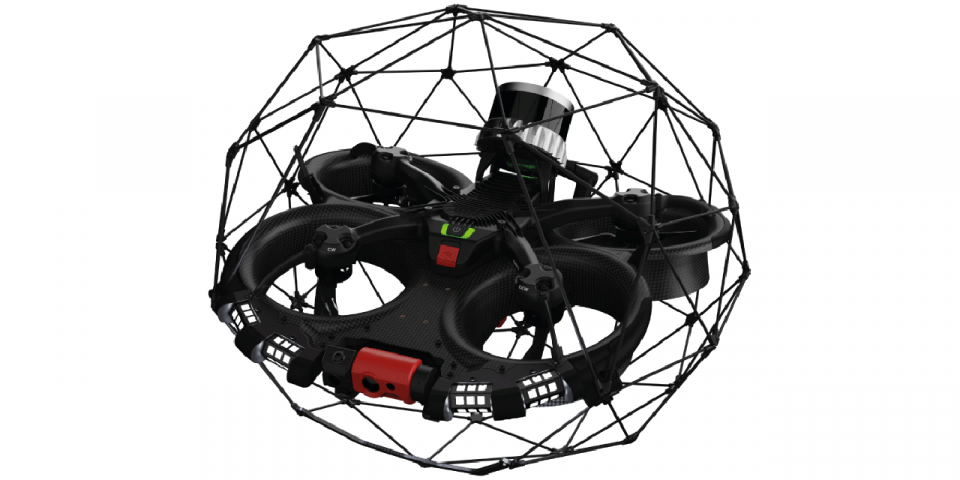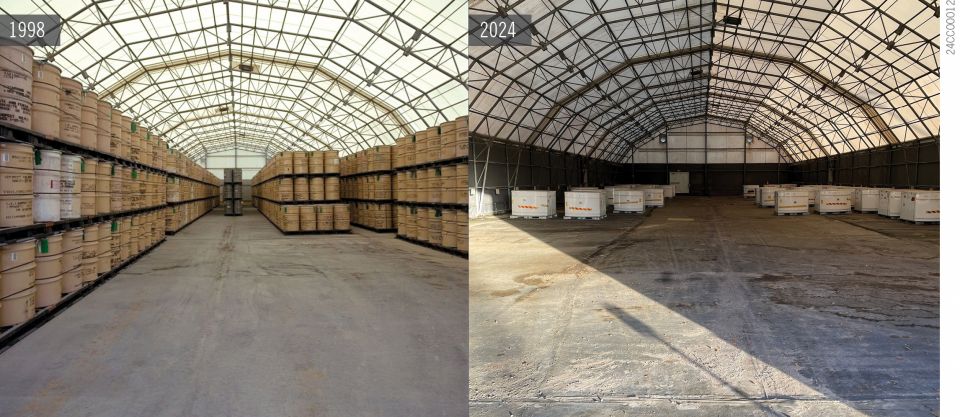Hanford lab upgrades for hot work and waste treatment

Upgrades are underway at the Department of Energy’s Hanford Site to prepare its 222-S Laboratory to treat tank waste under the Direct-Feed Low-Activity Waste (DFLAW) program.


Upgrades are underway at the Department of Energy’s Hanford Site to prepare its 222-S Laboratory to treat tank waste under the Direct-Feed Low-Activity Waste (DFLAW) program.
Hanford pauses D&D prep work on REDOX facility
Work to prepare Hanford’s Reduction Oxide Plant (REDOX) for decontamination and demolition has been put on hold as the Department of Energy shifts focus to higher-priority work at the...
DOE’s six LEU contracts add two laser enrichers to the HALEU lineup
The Department of Energy announced yesterday the six companies that it has selected to supply low-enriched uranium (LEU) from new domestic enrichment sources under future contracts for up to...

General Atomics’ SiGA-cladded test rods complete irradiation testing in the ATR
General Atomics Electromagnetic Systems (GA-EMS) announced last week that unfueled test rods featuring the company’s SiGA fuel cladding—made of a silicon carbide composite...

Tokamak Energy teams up with the U.S. and U.K. for $52M fusion project
Tokamak Energy’s ST40 experimental fusion facility will receive a $52 million upgrade under a joint public-private effort with the U.S. Department of Energy and the U.K. Department of Energy...

ANS standard updated for determining meteorological information at nuclear facilities
Following approval in October from the American National Standards Institute, ANSI/ANS-3.11-2024, Determining Meteorological Information at Nuclear Facilities, was published in late November....
Idaho’s IWTU surpasses tank waste treatment goal
As of last week, crews with Department of Energy cleanup contractor Idaho Environmental Coalition (IEC) processed more than 142,000 gallons of radioactive sodium-bearing tank waste at...
Drones fly in to inspect waste tanks at Savannah River Site
The Department of Energy’s Office of Environmental Management will soon, for the first time, begin using drones to internally inspect radioactive liquid waste tanks at the department’s...

U.S. spent fuel liability jumps to $44.5 billion
The Department of Energy’s estimated overall liability for failing to dispose of the country’s commercial spent nuclear fuel jumped as much as 10 percent this year, from a range of $34.1...
TRU waste storage shrinks at Savannah River Site
The Solid Waste Management Facility (SWMF) at the Savannah River Site saw a large reduction of transuranic (TRU) waste in fiscal year 2024, achieving the highest volume of TRU waste shipped...

Radiant secures funding, moves toward microreactor testing in INL’s DOME
Radiant Industries has announced a $100 million Series C funding round to be used primarily to complete its Kaleidos Development Unit (KDU) microreactor for testing in Idaho National...
